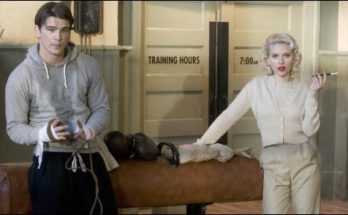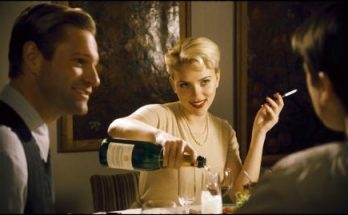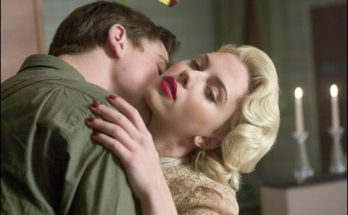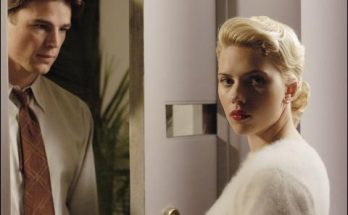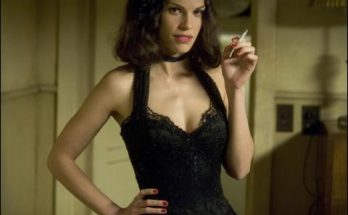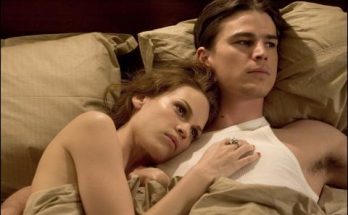
The Black Dahlia: A True Crime Meets Urban Legend
Master storyteller Brian De Palma, known for such classic crime dramas as “The Untouchables,” “Scarface” and “Carlito’s Way,” as well as his suspense thrillers “Carrie,” “Dressed to Kill” and “Blow Out,” directs this adaptation of James Ellroy’s (“L.A. Confidential,” “American Tabloid”) best-selling crime novel.
The Black Dahlia: A True Crime Meets Urban Legend Read More